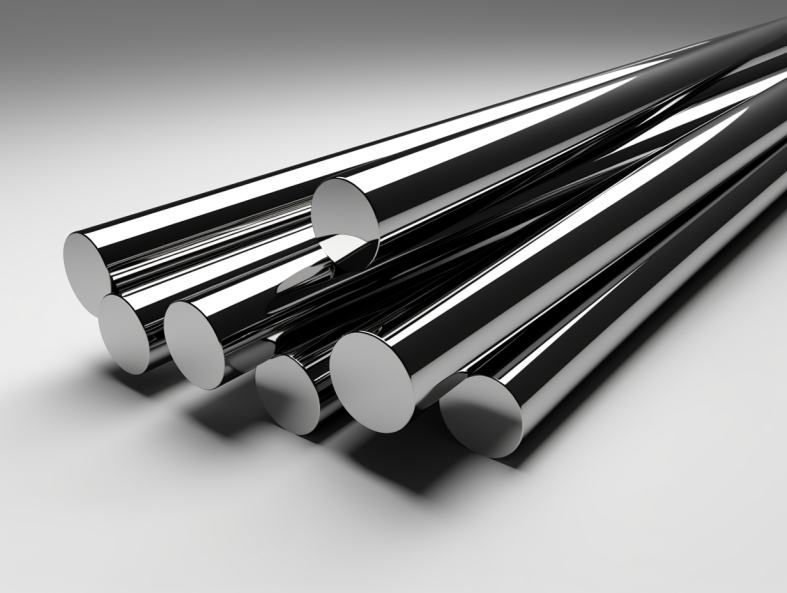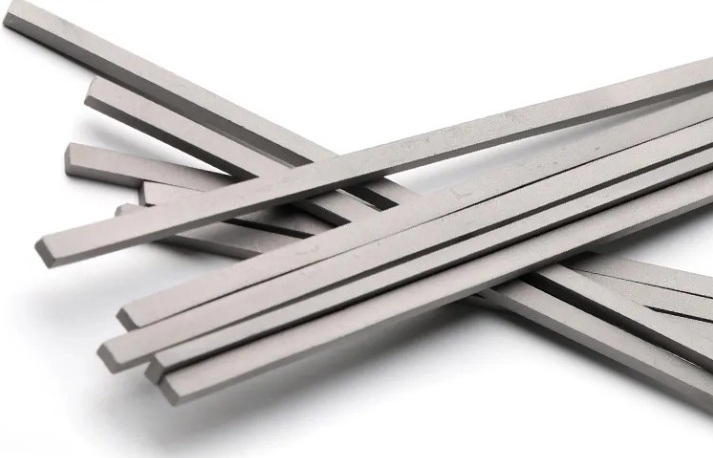When it comes to engineering, precision matters – and that’s where carbide rod tolerances come into play. These tiny but powerful components are used in industries ranging from aerospace to manufacturing, and they need to meet strict specifications to ensure quality and performance. In this article, we will explore the world of carbide rods, diving into raw materials, composition, properties, production processes, and practical applications. By the end, you’ll have a deep understanding of how carbide rod tolerances are used, how to select the right supplier, and what factors to consider when choosing the perfect carbide rod for your needs.
What Are Carbide Rod Tolerances?
Carbide rods are cylindrical products made from carbide, a highly durable material commonly used for manufacturing tools and machinery. The term “tolerance” refers to the allowable variations in size, shape, and other parameters that are considered acceptable during the production of these rods. Carbide rod tolerances ensure that the rods meet specific standards required for their intended applications, whether it’s for precision machining, tool manufacturing, or other uses.
The Role of Tolerances in Carbide Rods
Tolerances are crucial because they determine how precise a carbide rod needs to be in its final form. If the tolerance is too tight, it could result in material waste and higher production costs. On the other hand, too loose a tolerance could lead to poor performance or malfunction of the end product. Therefore, finding the right balance is key.
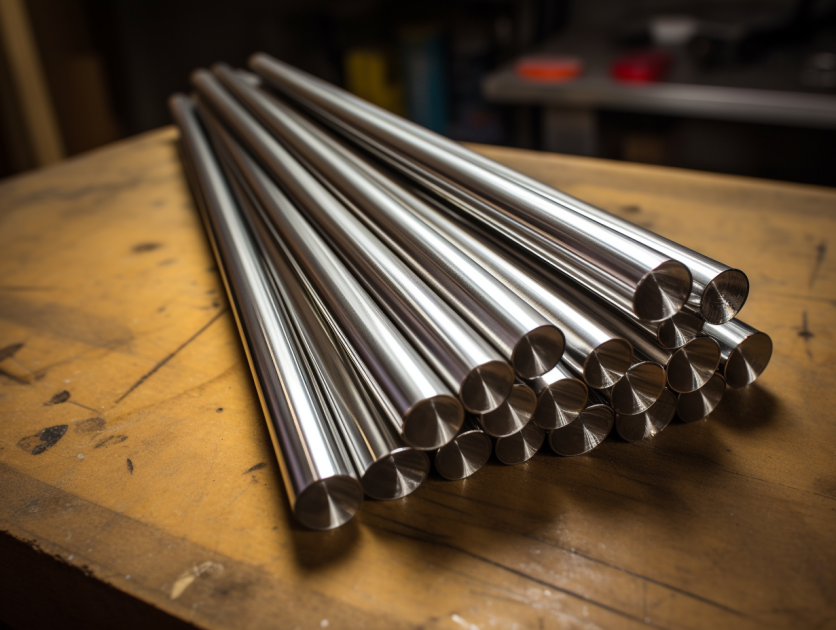
Raw Materials and Composition Analysis of Carbide Rod Tolerances
The creation of carbide rods begins with carefully selected raw materials. Understanding the raw material and composition analysis is vital for ensuring that the carbide rods are made to meet the required tolerances.
Composition of Carbide Rods
Carbide rods are primarily made from tungsten carbide (WC), which is combined with other materials like cobalt (Co) or nickel (Ni) to enhance its properties. The choice of materials directly influences the rod’s hardness, strength, and wear resistance.
- Tungsten Carbide (WC): The primary ingredient. It’s a compound of tungsten and carbon that forms a dense, durable material.
- Cobalt (Co): Often added as a binder to hold the tungsten carbide particles together, providing the rod with additional strength.
- Nickel (Ni): Used in some cases as an alternative binder, providing excellent corrosion resistance.
The precise combination of these materials allows for a variety of grades of carbide rods, each suitable for specific industrial applications. Different carbide grades have varying levels of toughness, hardness, and wear resistance, which directly impact their performance.
Types of Carbide Rod Tolerances
Carbide rods are manufactured to exact tolerances to meet a wide variety of needs. Below is a table that presents different types of carbide rod tolerances, including their specific characteristics and applications.
Types of Carbide Rod Tolerances and Their Applications
| Tolerance Type | Description | Applications |
|---|---|---|
| Standard Tolerances | Regular tolerances for general-purpose machining | General machining and toolmaking |
| Close Tolerances | Very tight tolerances for high-precision work | Aerospace, medical devices, and precision tooling |
| Fine Tolerances | Ultra-tight tolerances for extremely fine work | High-end manufacturing, precision cutting tools |
| Custom Tolerances | Tailored to customer specifications | Specialized tooling for unique applications |
| Loose Tolerances | Higher tolerance ranges, suitable for less critical parts | Lower-cost applications where precision is less critical |
| ISO Tolerances | Internationally recognized standards for dimensions | Global manufacturing and cross-border production |
Production Process Flow of Carbide Rod Tolerances
The production process of carbide rods is a careful, multi-step procedure designed to ensure that they meet exacting standards. The general flow can be broken down as follows:
- Raw Material Preparation: Tungsten carbide powder is mixed with a binder material like cobalt or nickel.
- Molding: The powder mixture is molded into cylindrical shapes.
- Sintering: The molded rods are heated in a furnace to sinter the powder into solid carbide, achieving high density and strength.
- Grinding and Polishing: After sintering, the rods are ground and polished to achieve the desired surface finish and dimensional accuracy.
- Final Inspection: The rods are measured to ensure they meet the required tolerances, with any defects being corrected.
- Packaging and Shipping: Once the rods pass inspection, they are packaged and shipped to clients.
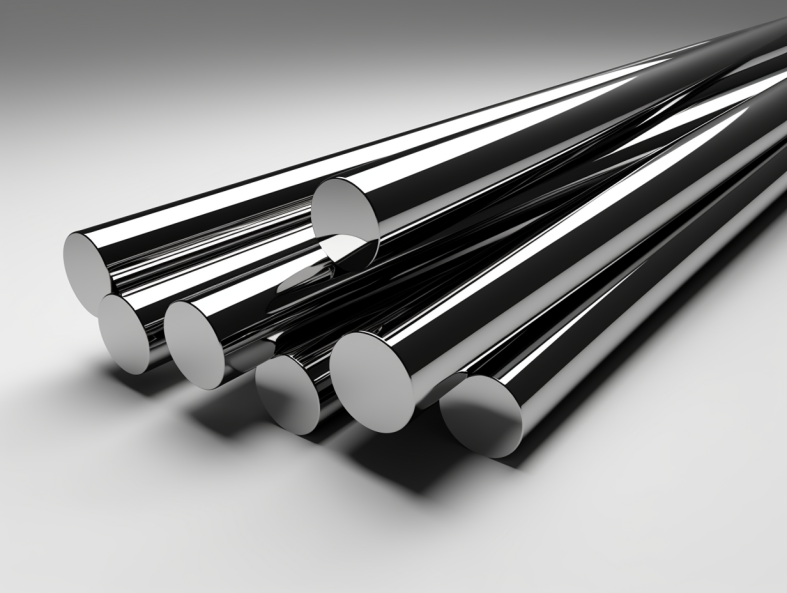
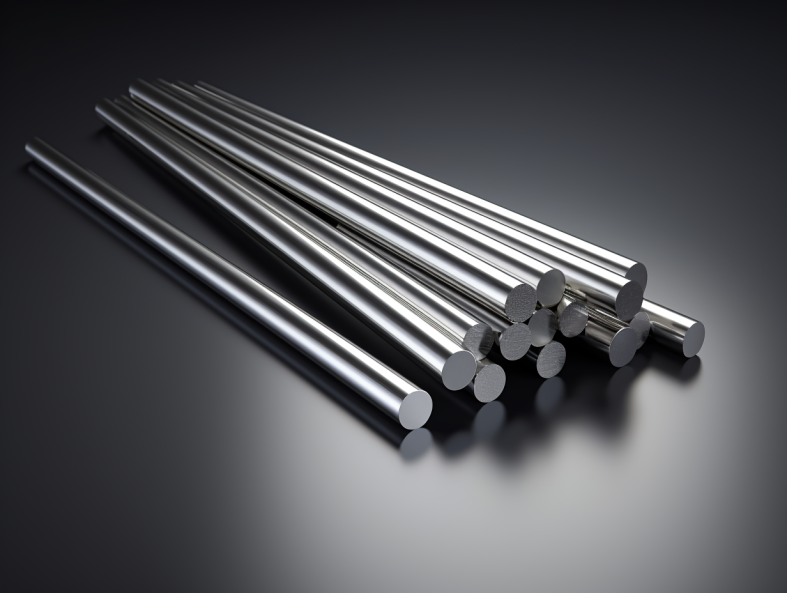
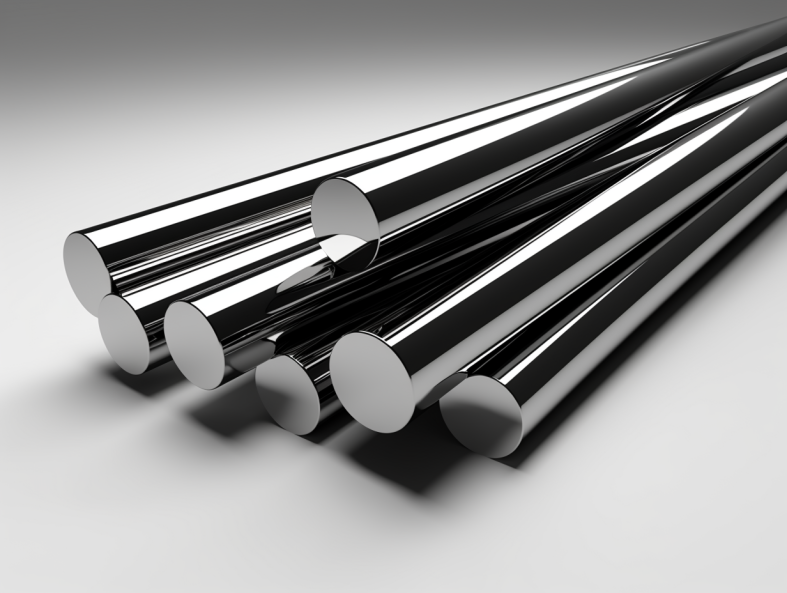

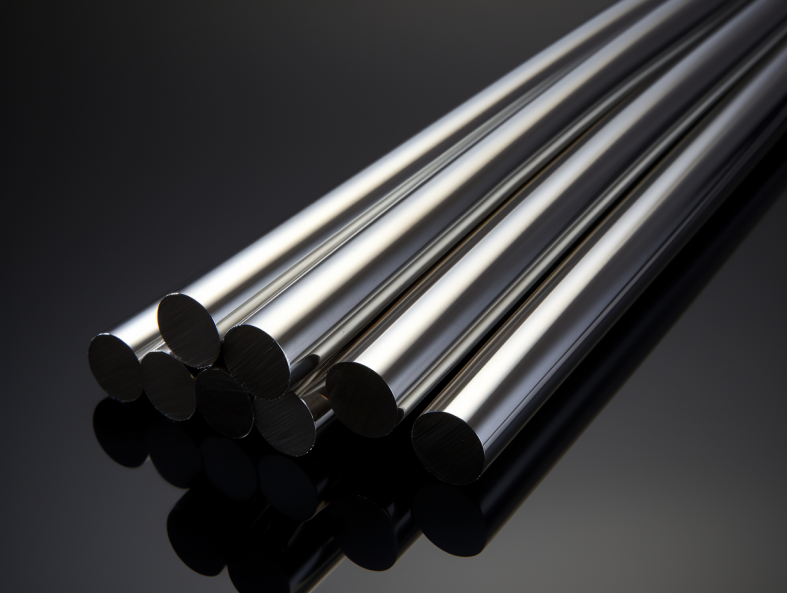
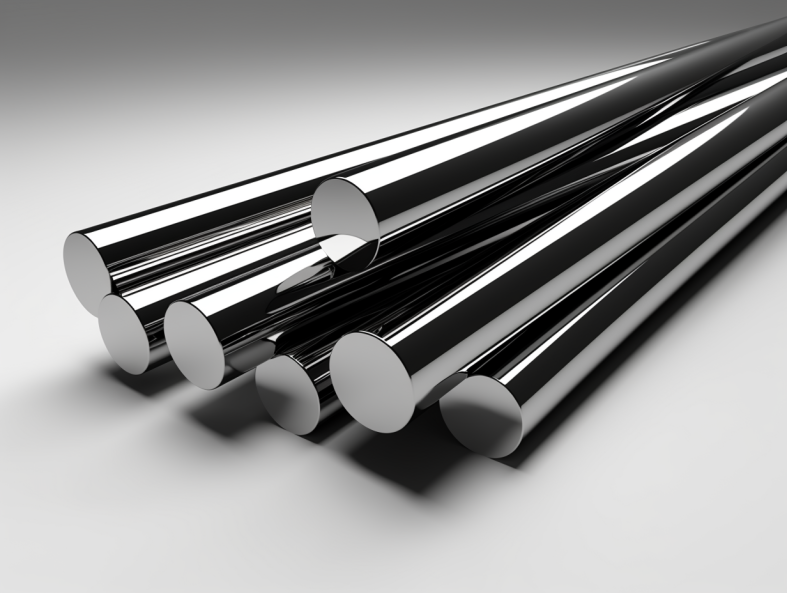
Material Properties of Carbide Rod Tolerances
Carbide rods are favored for their superior material properties, which make them ideal for high-performance applications. Here’s a look at the material properties that are most important when it comes to carbide rod tolerances:
| Property | Description | Value/Range |
|---|---|---|
| Hardness | A measure of the material’s resistance to scratching and indentation | 90–94 HRA (Rockwell A scale) |
| Density | Mass per unit volume, affecting weight and strength | 14.5–15.5 g/cm³ |
| Tensile Strength | The maximum stress the material can withstand without breaking | 550–1,100 MPa |
| Compressive Strength | The material’s ability to withstand compression | 2,400–4,000 MPa |
| Wear Resistance | The resistance of the material to wear over time | Excellent; high resistance to abrasion |
Choosing Carbide Rod Tolerances Supplier
When selecting a carbide rod tolerances supplier, several factors come into play. Let’s explore what to look for when choosing a supplier that will meet your needs.
| Factor | Considerations |
|---|---|
| Experience | Choose suppliers with a proven track record in carbide rod manufacturing. |
| Quality Control | Ensure the supplier has stringent quality control measures and certifications. |
| Lead Time | Evaluate the supplier’s ability to deliver on time based on your project requirements. |
| Customization Options | Look for suppliers that offer customized tolerances to fit specific needs. |
| Cost Efficiency | Compare pricing for different quality levels and tolerances. |
How to Select the Right Carbide Rod Tolerances
Selecting the right carbide rod tolerance requires balancing a few important factors. Below is a table that outlines key considerations to guide your decision-making process.
| Factor | Explanation |
|---|---|
| Application Requirements | Consider the specific needs of the project (e.g., machining, aerospace, or medical applications). |
| Tolerance Level | Decide whether standard, close, or fine tolerances are needed for the job. |
| Material Composition | Choose the right grade of carbide (e.g., tungsten carbide with cobalt or nickel binder). |
| Cost-Effectiveness | Select the appropriate tolerance grade without overspending, while still ensuring the required quality. |
Advantages and Limitations of Carbide Rod Tolerances
Let’s compare the advantages and limitations of different carbide rod tolerances to help you make an informed choice.
| Tolerance Level | Advantages | Limitations |
|---|---|---|
| Standard Tolerances | Cost-effective, suitable for general applications | May not meet requirements for high-precision work |
| Close Tolerances | High precision, suitable for critical applications | Higher cost, may require longer production times |
| Fine Tolerances | Extremely precise, ideal for high-end manufacturing | Expensive and time-consuming production process |
| Loose Tolerances | Cost-effective, useful for non-critical parts | Reduced performance and quality |
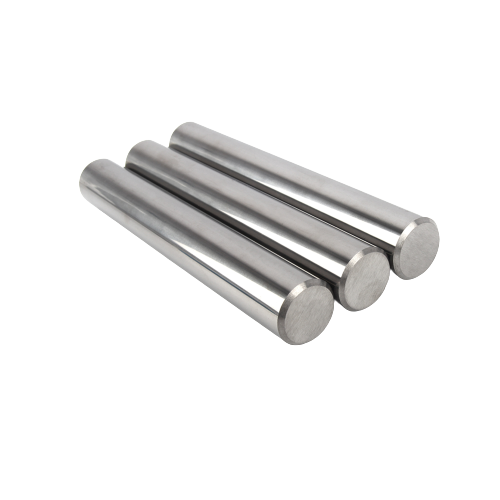
FAQs
What is the best material composition for carbide rods?
Carbide rods are typically made from tungsten carbide combined with cobalt or nickel. The choice of binder material affects the rod’s properties, with cobalt providing greater strength and toughness, and nickel offering better corrosion resistance.
What are the most common applications for carbide rods?
Carbide rods are used in a variety of industries including aerospace, medical devices, mining, and precision machining. They are typically used for cutting tools, drills, inserts, and wear-resistant components.
How do carbide rods compare to steel rods?
Carbide rods offer superior hardness, wear resistance, and compressive strength compared to steel rods. However, they are more brittle and can be more expensive to produce.
How tight can carbide rod tolerances be?
Carbide rods can be manufactured with tolerances as tight as ±0.001 mm. However, the cost and production time increase as the tolerance becomes finer.
Conclusion
Carbide rods are crucial components in various industrial applications, and understanding carbide rod tolerances is essential for ensuring the performance and longevity of products made from them. By considering factors such as material composition, manufacturing processes, and the specific tolerance requirements for your application, you can make well-informed decisions when selecting the right carbide rods. Whether you’re in manufacturing, aerospace, or another industry, carbide rods with the correct tolerances will help ensure that your tools and machinery operate smoothly and efficiently.


